After which you can plant beets?
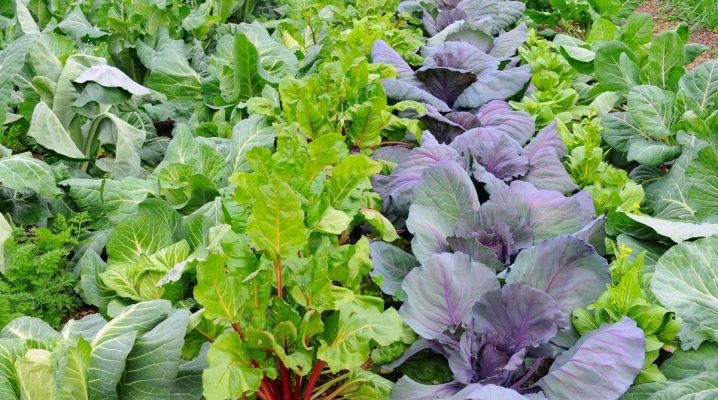
Beetroot is considered a special root vegetable, the healing properties of which have been known for a long time. The vegetable is rich in iron, iodine and zinc, thanks to which hematopoiesis processes are stabilized and the functions of the gonads are improved. If you regularly eat this vegetable, your metabolism will noticeably improve. Besides health benefits, beets have a bright color and expressive taste. It is used to prepare snacks, preserves, as well as second and first courses. To grow a large and tasty root vegetable, you need to know after which plants you should plant beets.
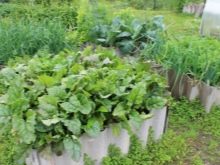
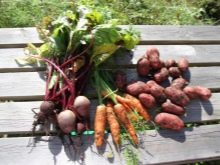
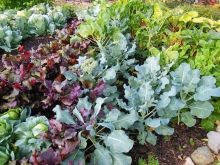
Can beets be planted after beets?
In the area where beets were already growing last year, it is highly undesirable to re-plant them. Re-planting can only be carried out after 3-4 years. During this time, the land will have time to fully recover, having accumulated a sufficient amount of microelements and other useful nutrients necessary for this culture, which were taken out of the soil by the previous harvest.
If you do not heed this rule, then the yield will be much worse than expected: the taste characteristics of root crops decrease, as well as their size. In this case, even regular fertilization will not help to cope with the situation.
Before growing a crop, you need to familiarize yourself with the peculiarity of its crop rotation and the basic rules of agricultural technology. Beets do not need any special care. She perfectly took root in different regions, not particularly depending on the climatic conditions of the growing places. Of course, the northern regions of our country are not counted.
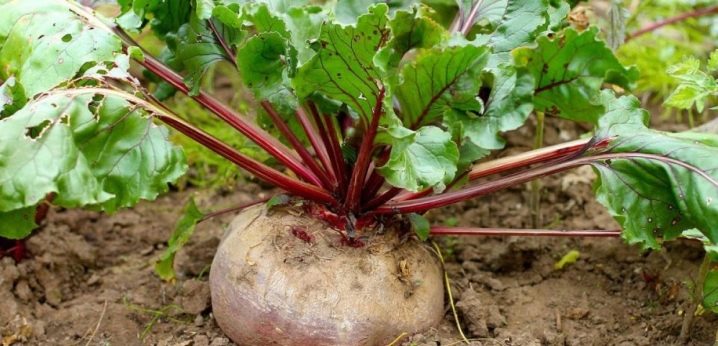
But no matter how unpretentious beets are to care for, their own agricultural techniques have been developed for them. Let's list some points that are important for its successful growth.
- Beets love sunlight, so the area for them should be well lit. Light affects the taste and size of the fruit.
- When planted in acidic soil, excellent fruiting cannot be achieved. The pulp becomes black and tasteless. With a high level of acidity on the site, you need to choose another place or reduce this indicator with the help of lime and dolomite flour. The first component should be used with caution, as due to its excess, plants weaken and begin to hurt. The recommended pH level should be between 6.5 and 7.0.
- An area of at least 9x9 cm should be allocated for one plant. The thickening of the planting is another reason for the decrease in yield.
- The culture prefers loam with humus. Such a medium density soil is considered ideal for a burgundy root crop. When planted in heavy and clayey soil, the roots will not be able to gain the desired mass. Light sandy loam soil is also not suitable - it does not have enough micronutrients. All useful substances will gradually be washed out into the deep layers, so the roots of plants will not reach them.
- In the process of seed germination and rooting of seedlings, the vegetable becomes especially demanding on the amount of moisture. Moderate irrigation is necessary during active beet development. When harvest time approaches, watering is reduced. Stagnant water leads to decay of the roots, so it is impossible to fill the beds.
The above rules should be followed when planting in spring, autumn or any other period.


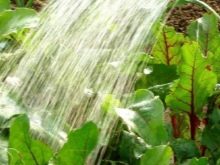
Best predecessors
Soils contain a list of certain trace elements necessary for the full development of vegetable crops.But it all depends on their type. Some soils are more fertile, others are considered depleted. In this regard, beets require special attention if they are planted after other crops.
Absolutely all plants in the process of their development take a certain amount of micronutrients from the soil, but some are especially large, and others - a minimum. In addition, among them there are varieties that even enrich the soil with useful substances, for example, nitrogen or potassium, which are very necessary for other crops. You just need to know after which plants you can plant beets, and after which - you should not in any case.
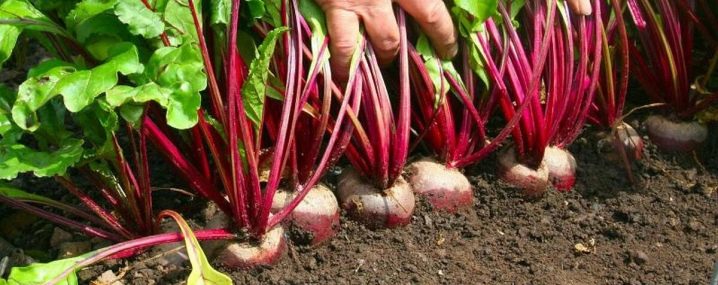
According to experienced gardeners and agronomists confirm, all representatives of the nightshade family are considered the best predecessors. The most common crops in this category are:
- tomatoes;
- pepper;
- potato;
- eggplant;
- peas of different varieties.
After growing them for the next year, the beds can be filled with beet seedlings or seeds (when sown directly into open ground).
It is important to comply with the main condition - after harvesting the nightshade, the site must rest until the end of the year in order to restore the balance of trace elements. Even the most fertile soil needs plenty of time to rest and recover.
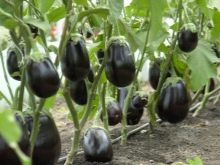
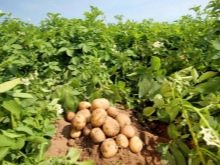
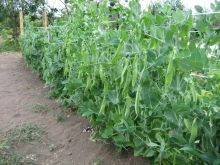
The list of great beet predecessors goes on and on.
- Onion. It has a special structure, and the substances in its composition effectively scare away harmful insects. Due to natural disinfection, the degree of soil harmfulness is significantly reduced. Onion varieties are widespread in different regions of the country. This plant is considered a suitable precursor for many vegetable crops.
- Cucumber. In the process of growth, its roots are located in the upper part of the soil, without going deep. This culture receives most of the nutrients from water, and not from the soil, so the soil keeps the composition practically intact. After harvesting cucumbers, you can start planting beets almost immediately.
- Clover. One of the features of clover is that the land in the garden not only rests, but is additionally saturated with useful microelements. If you plant root vegetables after clover, the harvest will be tasty and large. In addition, the plants will have excellent disease resistance.
- Spiceseg parsley and dill are also considered suitable precursors. They do not take a lot of nutrients from the ground, the required amount of useful elements is quite enough for beets.
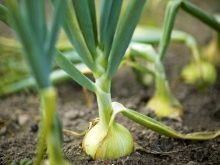
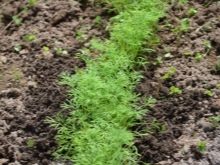
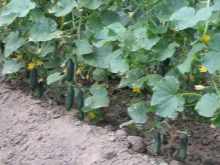
When using one land plot for growing different plants, it is imperative to take into account the crop rotation.
Its main principle is that representatives of the same family cannot be alternated with each other.
This means that if spinach previously grew in the garden, then planting beets should be abandoned, since both of these crops belong to the Amaranth family (they have common diseases, the same nutrition and the same pests).
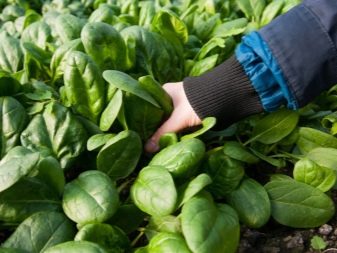

The size of the land plot is often limited, so it is not always possible to choose the ideal place for each plant, taking into account its features and characteristics. You can solve this problem with fertilizers. They use ready-made and complex formulations, organic products and folk recipes. Top dressing must be applied in a measured manner, otherwise they will negatively affect the health of plants and their fruiting.
Fertilizers compensate for the lack of useful components in the soil, but they will not cope with the second problem. After long-term cultivation, a large number of dangerous bacteria and pests accumulate in the soil.
Vegetables that belong to the same family can be grown in one place, but between plantings you should maintain an interval of up to 4 years, planting plants of other families and genera. In order for each crop to enjoy a rich and stable harvest, you need to plan each planting in advance.
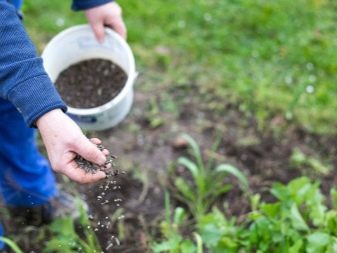
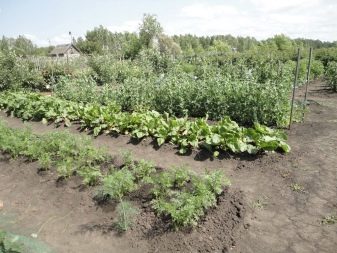
The state of certain plantings is influenced not only by the predecessors on the site, but also by the neighborhood with other plants. Beets will develop fully alongside cabbage, beans and potatoes. They positively influence each other, stimulating growth.
And also strawberries are considered suitable neighbors. This fragrant berry will also thrive and bear fruit next to root vegetables. To scare off dangerous insects, you can plant mint, oregano or other plants with a similar effect between the rows of beets.
If the territory is quite spacious, you can grow beets with carrots on the same territory. The main thing is to keep enough free space between them so that the plants do not shade each other.
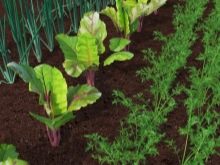

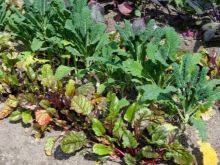
Unwanted crops
Some horticultural crops not only severely deplete the soil, but also leave behind pathogens of dangerous diseases that can destroy the plantation.
Precursors unsuitable for beets are:
- carrot;
- rapeseed (herbal plant);
- spinach;
- radish;
- cabbage (especially white cabbage);
- beetroot (Swiss chard).
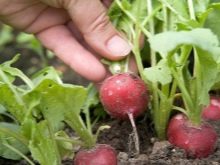
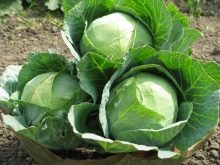
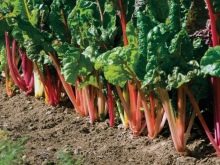
After all these plants, beet seeds cannot be sown, since they are united by the same needs for a certain nutrition, which they take from the soil. And also they are attacked by the same pests. Regular planting of these plants drains the soil greatly, especially in the absence of fertilizing.
In addition, you should not plant beets in the same location for several seasons in a row. Yields will decline from year to year. Root crops begin to shrink and lose their taste.
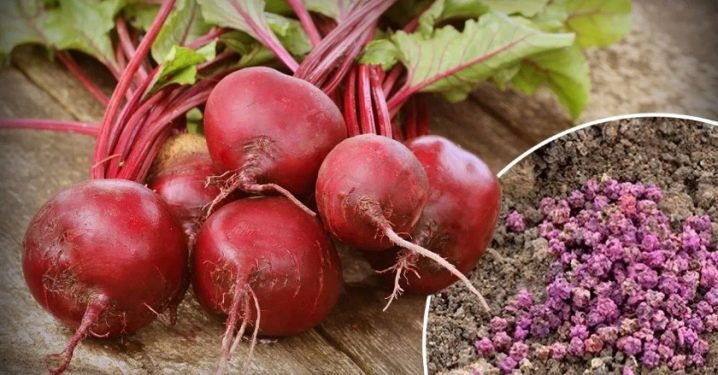
Watch a video on the topic.












The comment was sent successfully.